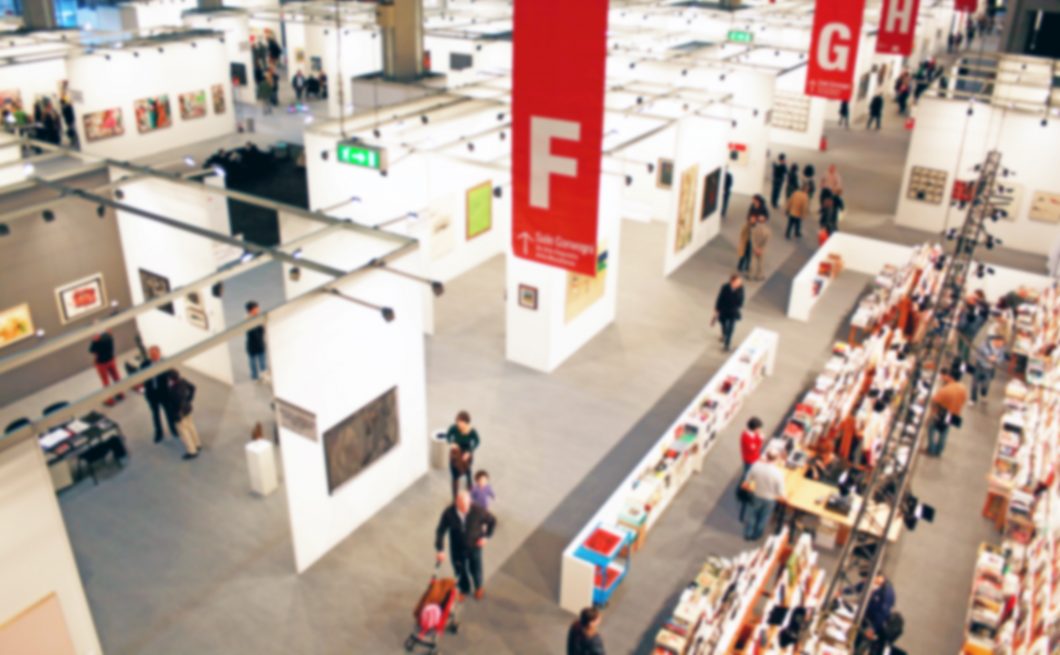Overall, probably the biggest mistake people make when thinking about a trade show is to underestimate the return on investment they can make with this effective form of marketing. A trade show can pay back big-time – but there are pitfalls as well as opportunities. Success comes from careful planning, maximising your costs, and making sure you don’t fall for these common mistakes. Here’s how you can make a success of your next trade show on a budget – without getting it wrong.
-
Underestimating the Overall Budget
There is a general rule of thumb you can use when you are budgeting for a trade show. The overall budget is generally three times the amount you spend on the exhibiting space. Many people think this budget will be too high, but they underestimate the costs involved and this can cause big problems further down the line.
-
Failing to See the Detail
Proper planning of all the details of the event on an Excel spreadsheet will allow you to see where all the costs are, and ensure you don’t miss anything. It helps if you divide the costs into different areas like shipping costs, staffing, service costs, and the exhibit.
-
Forgetting the Detail in the Exhibit
The costs for the exhibit itself are all-important. These include the pop up stand, the banner printers costs, the rental of the floor space itself, the sound system, graphics, audio visual, screens, flooring, refreshments, freebies, and furnishings. It is a good idea to look at the costs of the exhibit first, so you know exactly what you need to spend to make this essential part of the show successful.
-
Failing to Have a Plan B
You are never going to be able to foresee all the issues and changes that will occur when you are budgeting for an event. It is impossible, which is why you need contingency plans in the case that your money is not going where it should be. You also need some money in reserve for unexpected costs, which will be included in the overall budget. Believing that you will automatically budget as planned is unrealistic; there needs to be some margin built into the proceedings in order to prevent financial turmoil.
-
Thinking You Can’t Do it on a Tiny Budget
You can plan a trade show on a small budget. You don’t have to shelve your trade show plans just because your budget got cut. Focus on the important elements such as location – choose a location that really motivates people to want to attend. Look at hiring a venue on cheaper days or times of the year. See where you can maximise your budget in exhibit design, including being able to use it on many different occasions throughout the year.

